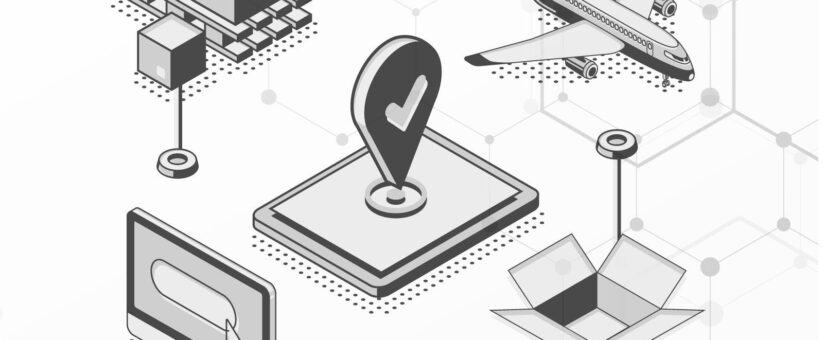
How retailers can leverage technology to catalyze supply chain performance
Publications
How retailers can leverage technology to catalyze supply chain performance
7 make or break elements of retail supply chain
Managing the catalyst behind world-leading retail supply chains
Retailers now have a wealth of technologies at their disposal that are helping them overcome many critical challenges across the supply chain. Nevertheless, turning this patchwork of technologies into a holistic solution that can be truly leveraged by an organization’s professionals to drive business performance often entails another set of challenges entirely.
Technology solutions are unlocking new levels of agility and operational efficiency in the retail supply chain
The tyranny of choice
Given the possibilities presented by technology, the direction for retailers should be clear. The pace of innovation in the market can make it difficult to stay abreast. However, executives face pressure to deliver, meaning they must navigate through a complex web of considerations.
Grounding technology solutions in the retail supply chain
All too often, technology projects become too focused on the technology itself. While we know that technology is a significant enabler in many modern solutions, your project must, first and foremost, remain a retail supply chain project, focused on business problems and carried out in full collaboration with your tech and procurement teams. We see 3 stages as crucial to building lasting technology solutions:
Framing the challenges & opportunities
This first stage is often the most important and, at the same time, the most challenging. Working through three simple stages can help create consensus about the path forward.
Example framework: Customer journey mapping
Example framework: Capability Investment Roadmap
Where is the market going?
CHALLENGE
One of our clients decided to radically shift from a system of physical stores to operating completely online. As part of this change, we helped select and transition the company’s operations to a technology partner who offered a unified cloud solution for delivery and fulfillment.
RESULT
As a result of this change:
- They were able to reduce their average delivery backlog by 89% from ~18,000 deliveries to just 1,000
- 92% of deliveries are now completed in just 4 hours and 96% are same day
- The cost of moto-delivery for same day has reached parity with their historic 3-to-4-day delivery
- The customer-satisfaction rate increased to 97.4%
- Sales doubled in just 8 months (from a base of already 3.3 million customers)
Integration’s wider expertise in Retail and Supply Chain
Integration has had the pleasure of working with 59% of the world’s most valuable brands[4] in CPG and retail to tackle a broad range of challenges.
Sources
- Using Retail Tech Innovation to Enhance the Customer Experience – 2021
- IT Spending in Retail Market Share and Size 2021 Global Growth, New Updates, Trends, Industry Expansion, Demand by Regions Opportunities, Challenges and Forecast till 2027 with Top Growth Companies – 2021
- Digital Transformation trends in Global Retail Industry 2021 – 2021
- Forbes World’s most valuable brands – 2020
TALK TO US
- On 23 August 2021




